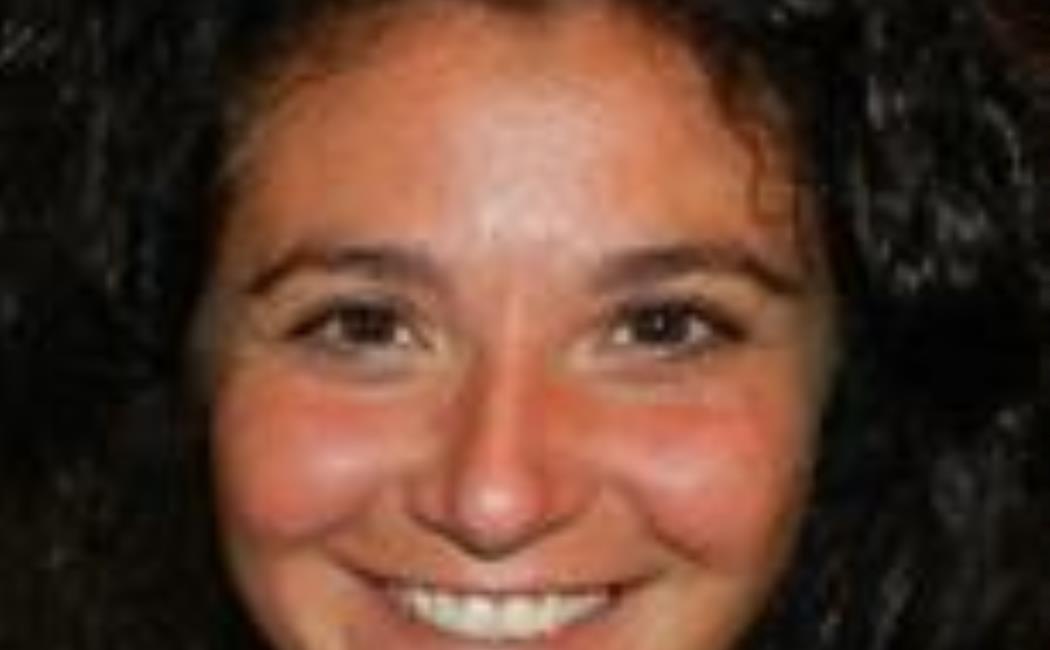.jpg?sfvrsn=1a62d0cb_0)
.jpg?sfvrsn=1a62d0cb_0)

Abstract: Seismological studies can be carried-out by using multiple approaches, from derivation of fundamental equations governing the seismic wave propagation to applications for natural hazard monitoring, with many flavours in between. In this talk I will present the first results of a seismological experiment performed in northern Tanzania within a natural park where the wild fauna is the protector of the area and even access to clean water and electricity cannot be given for granted. A project in a such remote area poses several challenges from both logistic and scientific perspectives. During the talk, I will show how these challenges have been tackled starting from the planning of the seismological network and the installation of the instruments, moving to the dataset building and processing to infer information on the seismicity levels that insist in the area, and finishing on the preparation for the earth structure imaging. The project includes fieldwork as well as computational efforts that all have been possible thanks to the extraordinary facilities available in KAUST.
Bio: Laura Parisi is currently a post-doctoral fellow in KAUST and is part of the Computational Earthquake Seismology research group. In her research, Laura uses seismological observations and seismic wavefield simulations to understand the dynamics of the Earth from local to global scale. She graduated in Geology in 2011 at the University of Palermo (Italy). Before starting her PhD, she worked as at Université de Strasbourg (France). She joined KAUST in 2015 after receiving her PhD in Seismology from the University of East Anglia (UK). Laura served as representative of the Early Career Scientists of the European Geoscience Union from 2016 to 2018.